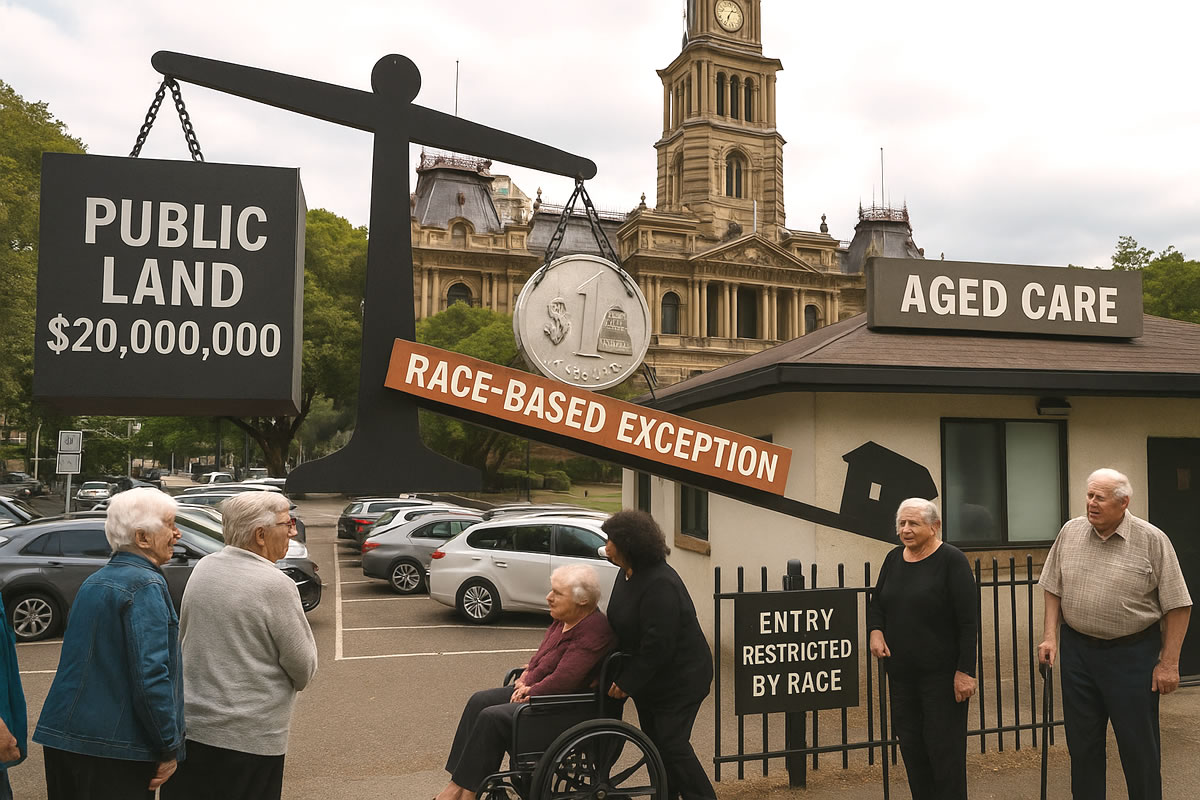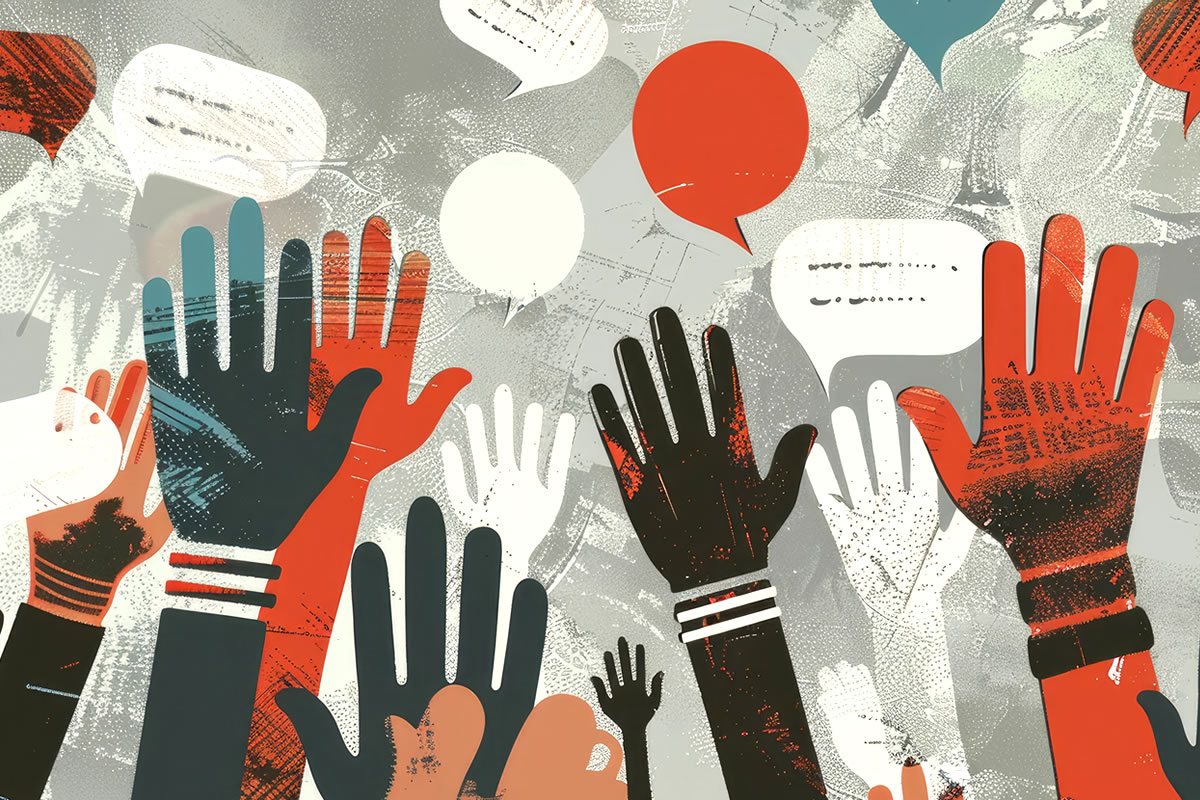When Western Australia announced in late May 2025 that surviving members of the Stolen Generations would receive individual payments of A$85,000, it was hailed as a historic moment, a major step in the pursuit of reconciliation. But promises of healing and justice often come draped in bureaucracy, punctuated by lawyer fees, consultant contracts, and grant-driven advisory structures. Behind every headlining figure—A$85,000, A$16,500, A$180 million—lurks a formidable reparations ecosystem in which governments and service providers often profit more visibly than claimants.
Australia’s reckoning with its colonial past began in earnest with the 1997 Bringing Them Home report, which acknowledged that forced child removal policies amounted to a form of genocide. The report’s 54 recommendations—spanning compensation, counselling, family tracing, oral histories, and formal apologies—were the foundation for what was meant to be a nationwide, survivor-led reparations process. Instead, progress stumbled. A 2025 Healing Foundation report titled “Are you waiting for us to die?” exposed the miserable truth: only 6 per cent of the recommendations have been implemented. Survivors are still waiting; policies stall, and bureaucrats shrug while families remain fractured and traumatised.
In May 2025, WA’s Stolen Generations Redress Scheme finally came online, opening registrations for payments of A$85,000 to survivors forcibly removed before July 1972. The headline sum provoked applause—and rightly so. Survivors described the cheque as life-changing. One recipient under the Territory scheme used her payment to visit family—”without it we would have been in dire straits,” she reflected. But beyond that immediate relief, another machinery hums: lawyers, consultants, project managers, grant administrators, healing program facilitators—all coordinating funding, evaluating eligibility, planning rollout, delivering supportive services. Want to trace a family member? Pay for cultural counsellors? Submit documentation? That’s another six-figure administrative budget out of the reparations pool.
The pattern repeats in redress for stolen wages. In late 2024, the WA government settled a A$165–180 million stolen wages class action, allocating A$16,500 per eligible person. The Northern Territory followed, approving a historic A$180 million payout, offering at least A$10,000 each to survivors and families, plus $15 million in legal fees and $7 million to administrators like Deloitte. Federal Court judges even described the law firm fees as “excessive.” Legal teams pocket 8–10 per cent of the total, reimbursed in ongoing federal budgets. Consultants from accounting firms like Grant Thornton or Deloitte command another multi-million, overseeing eligibility, documentation, and distribution. The visuals of redemptive justice belie a conventional legal-administrative industry playing out in a courtroom spectacle.
That doesn’t diminish the fact that survivors receive desperately needed relief. For many, A$10,000 is not symbolic pin money—it’s a tangible right. But that same A$10,000 might have come years sooner, unburdened by six-figure admin fees. Or it could have doubled had the system foregone costly contract structures. Meanwhile, the system fuels its own expansion: each new payout triggers new waves of grant opportunities for NGOs, advisory firms, research bodies, cultural healers, even universities clamouring for funding tied to redress schemes. In NSW, for example, Stolen Generations Organisations (SGOs) have received up to A$700,000 each to run workshops, healing camps, reunions, cultural training—programs that are vital, yes, but which also attract full-time coordinators and project managers. Funding ministry staff salaries, rent, technology platforms, marketing materials—every element offers a service fee.
In short, reparations have become a social sector boom. Advocacy groups, academic commentators, and media outlets profit indirectly from grants and consultancy retainers. Newspapers and digital platforms publish numerous op-eds, updates, explainer articles—driving clicks and advertising revenue. Conferences on reparative justice, often promoted under the trending tag “reconciliation in Australia,” draw sponsors and ticket sales. Prominent Indigenous thought leaders achieve national recognition and funding, shaping public opinion—whether that funding is grounded primarily in survival payments or in program coordination is another matter.
The government, meanwhile, can claim moral high ground. Announcements such as WA’s $85,000 cheques offer emotional optics for politicians. They can demonstrate progressive action without necessarily having to face harder questions. Queensland remains the only jurisdiction yet to offer Stolen Generations reparations, drawing rebuke from advocates and crossbench critics. Meanwhile, WA can bask in moral victory. When every jurisdiction follows with its own headline-moment, media frames reparations as inevitable progress. The bureaucratic system expands; lawyers get richer; NGOs proliferate; consultancies win calls for tender.
But complexity, delay, eligibility rules, record-access problems continue. The NT and federal schemes are still rolling out interim payments—claims registered in late 2024 are still being processed in mid-2025. Healing Foundation research warns survivors often avoid services over fear of retraumatisation. Only 6 per cent of the Bringing Them Home recommendations have been implemented. Aboriginal child-removal continues in some form, according to Human Rights Watch, revealing deeply entrenched structural problems that cash schemes cannot fix.
In such a landscape, survivors still wait, advocates still campaign, communities still fracture, while the reparations industry quietly grows. Ask who benefits most, and answers may surprise. You’ll find law firms securing multi-million dollar retainers. Accountancy firms managing distribution at heavy cost. NGOs receiving grant streams under labels like healing, reconciliation, cultural governance. Academics publishing articles funded by reparations budgets. Politicians scoring symbolic victories. Media platforms monetising outrage. Meanwhile, survivors navigate eligibility criteria, bureaucratic delays, emotional tolls—but in the end they receive real funds to repair broken lives.
Critics argue that if this money really belonged to survivors, it would be paid as direct transfers from consolidated state or federal coffers. Instead, it flows through layered service agreements, consultations, and staged rollout plans. The longer it takes, the fatter the middle gets.
So, what is the solution? Efficiency proponents argue for direct payments via simplified frameworks. Survivors in WA receive A$85,000 in one cheque—an ideal snapshot of simplicity. Tilt more redress schemes that way. Scrap big tender processes and commission announcements. Scale down government-industry forums. Prioritise survivors first: consolidate redress budgets, paying survivors upfront, then allocate secondary funds for culturally appropriate healing supports. Reveal administrative overheads publicly, subject them to audit. Orient SGOs toward direct survivor reinvestment—not program grants. But even that is not enough.
The mistake is imagining that reconciliation is a price-tagged process. The idea that injustice can be paid off in lump sums is morally reductive. If compensation were the full answer, then every cheque cashed should mark the end of the story. But it never does. In truth, no monetary scheme can reverse cultural destruction or heal generational trauma. Reparations are not the end of reconciliation—they are its preamble.
What Australia owes is not another cheque, another ceremony, another report. It owes the creation of a unified future rooted in shared citizenship, national pride, personal responsibility, and mutual respect. The solution to reconciliation is not permanent grievance or eternal apology; it is mutual investment in a single civic identity. It is rebuilding the nation’s story—not as two parallel cultures forever locked in conflict, but as one people forging a future that acknowledges pain but transcends it.
This means replacing identity politics with individual dignity. It means ending the tyranny of lowered expectations in Indigenous education and employment. It means investing not only in healing but in integration—shared schools, shared services, shared national goals. It means ending separatism in policy and replacing it with merit-based universalism. It means reforming family services to end cyclical removals, improving literacy, and building economic opportunity in rural and urban Indigenous communities. And above all, it means ending the business model of reconciliation and starting the nation-building model of equality.
If Australia does not change course, it will remain trapped. Reparations will recycle every decade, rebranded and reissued. In twenty years, the Stolen Generations will be gone, but the politics of division will remain. The culture industry will invent new grievances. The healing sector will expand. The bureaucracy will grow fat on reconciliation. But the nation will not be whole.
It does not have to be this way. Reconciliation must mean uniting. It must mean closing chapters, not prolonging them. It must be built not on transactions, but on transformation. Only then can Australia become what it was always meant to be: not a nation of competing narratives, but one people, one future, one story—told together.







